FOOD WAYSTE: A promising tool to understand the legal dimensions of food waste laws.
By 2050, the world population is estimated to reach nine billion people (Parfitt et al., 2010). To feed the entire population should not be a problem as there is an overabundance of food. Yet, there are two extremes where people are dying of starvation and of obesity all due to the uneven distribution of food (Chapman et al., 2016). I had the opportunity to speak with Isabella Tribelli*, a lawyer from the ‘Food WAYste’ platform; where we discussed why food business operators should be aware of food waste laws when running their businesses.

The Food WAYste logo
What is Food WAYste?
Food WAYste is a legal directory for food businesses in multiple countries to work on the 2030 Climate agenda targets through the reduction of Food Waste. Created during the 2020 Global Legal Hackathon, a group of 13 professionals from 7 different countries around the world, driven by the purpose of motivating food business operators to be more responsible in dealing with food surplus. The platform’s goal is to spread awareness of the legislations of food loss and food waste from countries. Users also have the option to view and compare applicable legislation worldwide in a structured and practical format.
The categories mentioned in the video include; the legal definition, extended producer responsibility, waste hierarchy, target waste management and fiscal incentives. The directory also focuses on donation requirements, shelf life, storage conditions, food transfer methods, and lastly awareness campaigns/virtuous practices.
Legal side
When speaking to Isabella on the legal issues, she mentions that “there is no universal definition for food waste. That’s exactly the main issue with food waste law it’s extremely fragmented, and a lot of countries recognize the problem. But are slow to act upon it”. Since there were so many concepts related to this issue, the Food WAYste team categorized them under ten filters to see if there are other discrepancies.
Due to the lack of harmonization and governance hierarchy, it isn’t easy to achieve these goals. “In Europe, we have European law that governs over national law for certain topics. So for food waste, there is a regulation of the European Union. There they do define a few things. But the problem we encounter is that the law is extremely fragmented, and it changes depending on the country”.
We came to the conclusion a few countries can have all the filters filled in. So many countries are missing one definition or another. And a lot of countries, especially in Europe, are still missing regulations. They have governmental decisions, but this is not hard law.
How is this useful to Pakistan?
When examing the directory, the information on Pakistani Food laws and other related data is missing. However, by examining the ten different categories can be a starting point on how businesses and the government can take proactive measures to reduce food waste. Currently, there are a few social enterprises such as Rizq, The Robinhood army and the Ehsaas Programme, to name a few which focus on food redistribution to impoverished neighbourhoods. These programs tackle the SDG goals 1,2,3 and 12 ( No Poverty, Zero Hunger, Good Health/ Well-being and Sustainable consumption).
As of January 2020, the Lahore High Court of Pakistan has declared that wasting food infringes the right to food and that the Punjab government, must take actions to ensure that excess food makes it to those in need. In Punjab, the prevention of food waste is essential for the provincial government to fulfil its obligations under the Pakistani Constitution. Currently, it is unclear whether the other provincial governments will follow suit with these legislations.
Next stages
In the 2019 Global Hunger Index, Pakistan ranked 94th out of 117 countries. Not only with the issues of both food loss and waste, but there is also no formal implementation which targets waste management, fiscal incentives or reward systems for businesses to prevent waste.
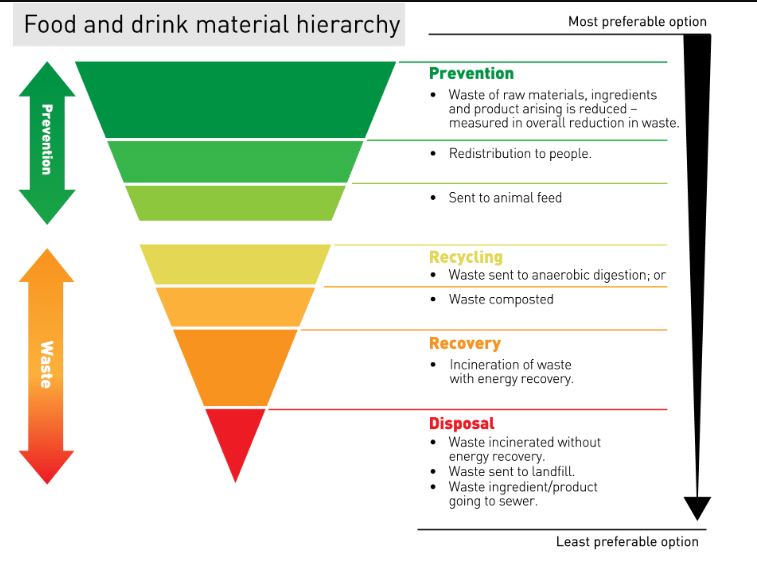
Food waste hierarchy – Taken from The Waste and Resources Action Programme
A recommendation would be to adopt The Waste and Resources Action Programme’s (WRAP) food waste hierarchy. This strategy focuses on optimum use of resources from farm to fork. Based on the three pillars, prevention, reduction, and valorisation.
For more information, suggestions, or to become part of the community, you can contact the team at foodwayste@gmail.com
*The interview took place during May, 2020.
References:
Chapman. A, Ali.A, Naidoo. J & Camacho. K. 2016. Unequal Distribution of Food. Available at: <https://sites.google.com/site/group6bihst/resources/what-is-food-security/unequal-distribution-of-food> [Accessed 18 June 2020]
Parfitt, J., Barthel, M. and Macnaughton, S., 2010. Food waste within food supply chains: quantification and potential for change to 2050. Philosophical transactions of the royal society B: biological sciences, 365(1554), pp.3065-3081.

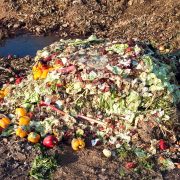
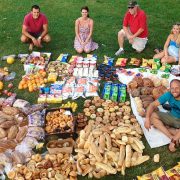
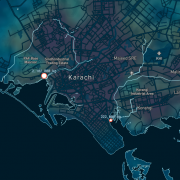


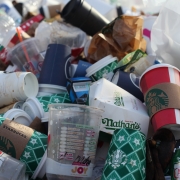
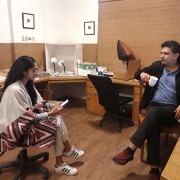

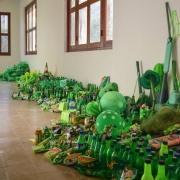


Leave a Reply
Want to join the discussion?Feel free to contribute!